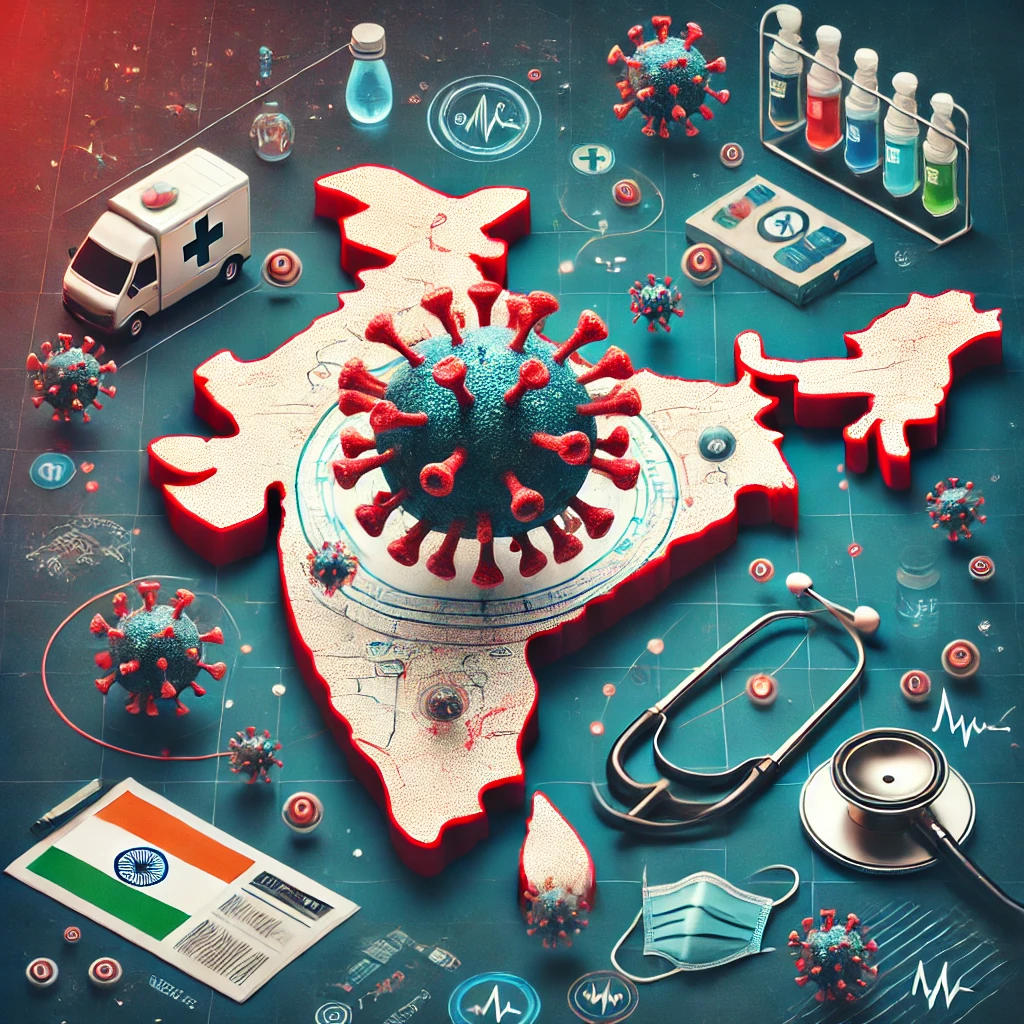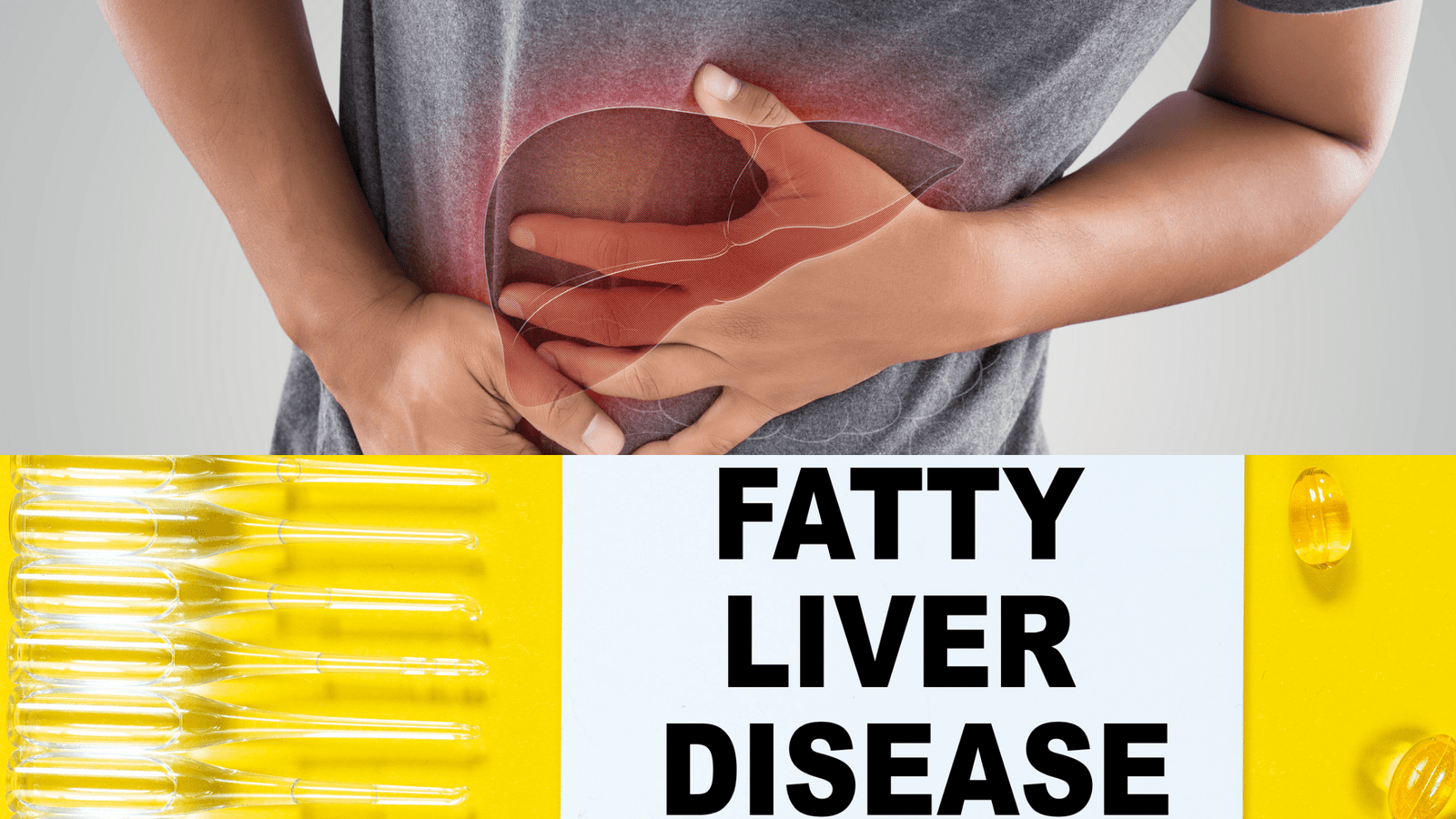HMPV Outbreak in India: What You Need to Know
The recent outbreak of Human Metapneumovirus (HMPV) in India has sparked concerns among healthcare experts and the general public alike. As this virus gains attention, understanding its impact, symptoms, and preventive measures becomes critical. Here’s a detailed look at the situation and how you can stay protected.
What is HMPV?
Human Metapneumovirus (HMPV) is a respiratory virus that affects individuals of all age groups, though young children, the elderly, and immunocompromised individuals are at higher risk. First discovered in 2001, HMPV is similar to the respiratory syncytial virus (RSV) and often causes mild-to-severe respiratory illnesses.
Symptoms of HMPV
The symptoms of HMPV can range from mild cold-like symptoms to severe respiratory distress. Common signs include:
- Runny nose
- Fever
- Cough
- Wheezing
- Sore throat
- Shortness of breath (in severe cases)
- In some cases, HMPV can lead to pneumonia or bronchiolitis, requiring immediate medical attention.
The Current Outbreak in India
India is currently seeing a spike in HMPV cases, especially during the winter season. The outbreak is particularly concerning due to its impact on children and elderly individuals, who are more prone to complications. Hospitals in various regions have reported an increase in cases of respiratory illnesses, with HMPV being a significant contributor.
Why is HMPV Dangerous?
High Transmission Rate: HMPV spreads easily through respiratory droplets when an infected person coughs or sneezes.
No Specific Treatment: There is no vaccine or antiviral medication specifically for HMPV. Treatment focuses on managing symptoms.
Complications: Severe cases can lead to hospitalization, especially in high-risk groups.
How to Protect Yourself and Your Family
Preventing HMPV requires adopting good hygiene practices and taking proactive steps to boost immunity.
- Hygiene Practices
Wash hands frequently with soap and water for at least 20 seconds.
Avoid close contact with people showing symptoms of respiratory illness.
Clean and disinfect frequently-touched surfaces at home. - Strengthen Immunity
Eat a balanced diet rich in vitamins and antioxidants.
Ensure adequate sleep and hydration.
Consider supplements like Vitamin C and Zinc (after consulting a doctor). - Use Protective Measures
Wear a mask in crowded or high-risk areas.
Avoid unnecessary travel if respiratory illnesses are prevalent in your region.
What to Do if You Show Symptoms
If you or a family member exhibit symptoms like persistent cough, fever, or difficulty breathing, it’s important to:
Consult a Doctor: Early medical intervention can prevent complications.
Avoid Self-Medication: Stick to prescribed treatments and avoid over-the-counter drugs without consultation.
Stay Isolated: Prevent spreading the virus by staying home and maintaining physical distance from others.
The Role of Healthcare Systems in Managing the Outbreak
Healthcare providers in India are stepping up efforts to diagnose and manage HMPV cases effectively. Public awareness campaigns, increased testing, and improved access to healthcare are critical in curbing the spread of the virus.
Conclusion
The HMPV outbreak in India is a reminder of the importance of vigilance during the flu and respiratory illness season. By staying informed, practicing good hygiene, and seeking timely medical help, you can protect yourself and your loved ones from this virus.
While the outbreak is concerning, proactive measures at both individual and community levels can help mitigate its impact. Stay safe, stay informed, and prioritize your health during these challenging times.
If you found this blog helpful, share it with your friends and family to raise awareness about HMPV. Together, we can stay protected and fight this outbreak.










